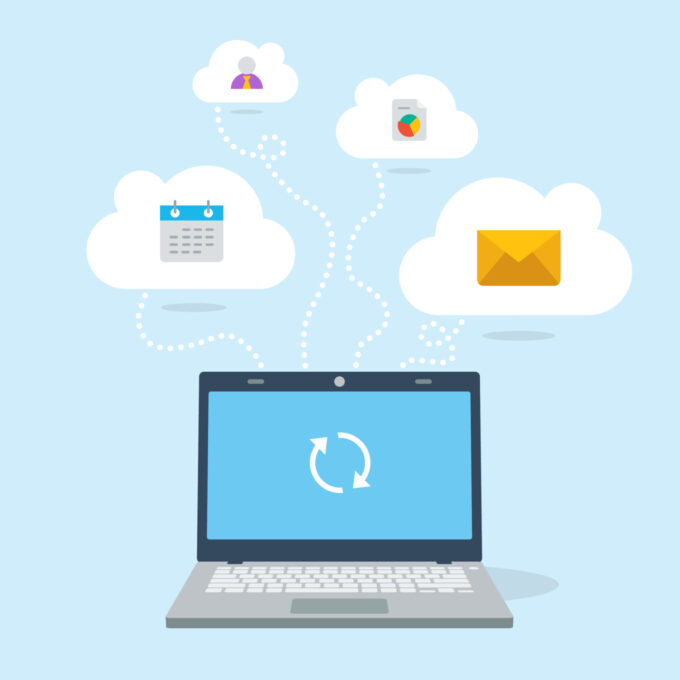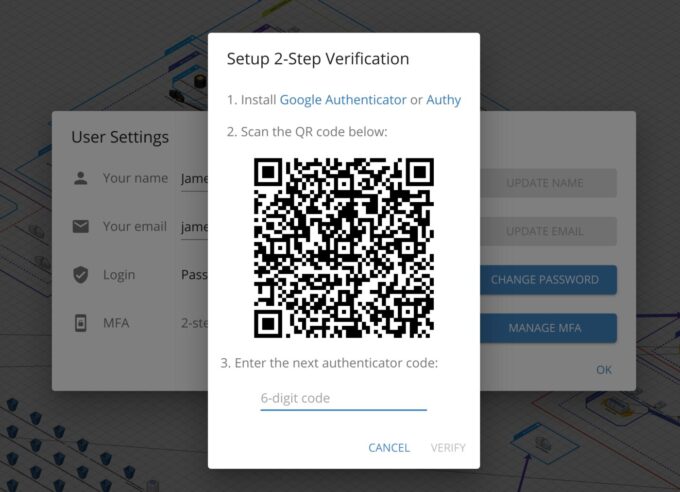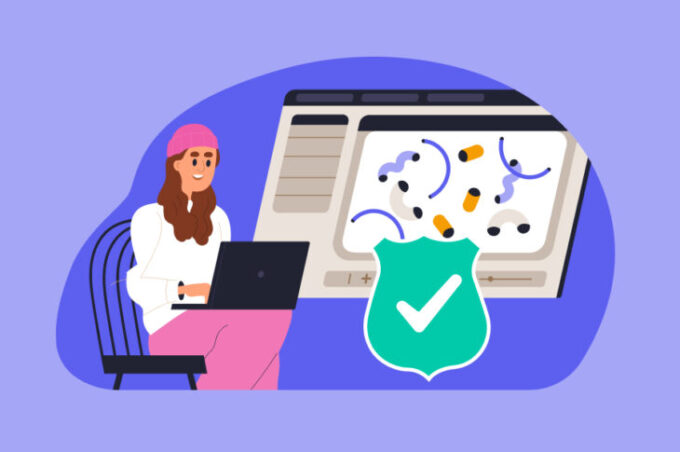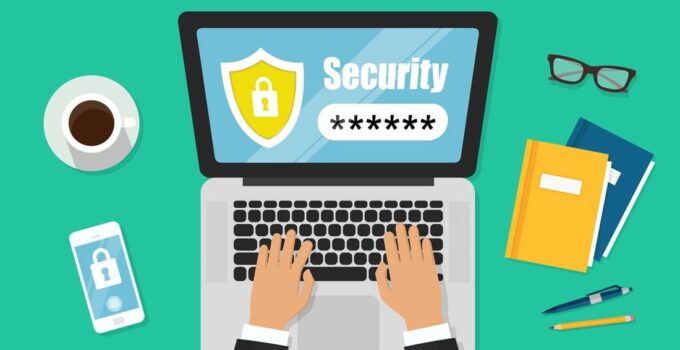Navigating the digital world is like exploring a vast landscape filled with opportunities and challenges. Your website serves as both a protective shield and a platform for showcasing your brand’s essence. Just as strong foundations ensure a building’s resilience, prioritizing website security fortifies your online presence against potential threats. Every user interaction, every click, is a step towards building trust, and every line of code contributes to your site’s defense strategy. In this ever-evolving digital environment, robust security is paramount. It acts as a barrier, safeguarding your website from potential vulnerabilities. Let’s delve into three essential strategies that will bolster your website’s security, ensuring a safe and seamless online experience for all users.
If you want your website to be secure and protected, you need to take a serious approach. There are several things you should do, the first one is to find a reputable hosting provider on websites like hostadvice.com, that offers higher-tier hosting solutions like VPS or cloud hosting. Once you do that, you need to move on to actively enhancing your security by doing the following:
Regular Backups for Enhanced Security

Source: successware.com
It may seem surprising, but regular backups play a significant role in your website’s security.
Hacks can sometimes be so devastating that they wipe out your data entirely. In some instances, malicious code may lurk deep within the core of your website, resurfacing even after thorough professional cleaning.
In such situations, there’s nothing more reassuring than hitting the restore button. By reverting to a previously functional backup, you can clean the slate, reconfigure everything, and import the data back.
However, there are a few crucial points to keep in mind when it comes to backups.
Effective Backups

Source: nexthop.ca
Having backups is crucial, but they are only as good as the conditions for fast and predictable recovery.
To ensure effective recovery you need to consider the database version, software version, PHP version (if you are running a PHP site), and the compatibility of these versions.
If you lack the confidence or skills, it is strongly recommended to use a management service that will take care of everything for you, even if it may seem expensive.
On the other hand, if you believe you can manage it on your own, you should practice data recovery regularly, perhaps every six months. No matter how experienced you are, there is always something that can catch you off guard.
Frequency
Determining how often to backup your data depends on two key factors: the size of the data accumulated and the criticality of your business.
Imagine you have 40GB of data essential for your business operations. If you opt for daily backups, you will utilize 40 x 30 = 1200 GB or 1.2 TB of data in the first month alone.
By the end of the first quarter, the data size would have grown to 3.6 TB – a substantial burden on your storage resources and budget.
The solution? Consider removing data older than a specified date.
The time frame for retaining backups entirely depends on your business requirements. In most cases, backups conducted twice a week for the last month or two should suffice.
Nonetheless, backup costs may still be significant, so it’s essential to ensure you back up only essential data and that it remains in a reusable format. This approach will help manage the backup expenses while maintaining the security and recoverability of critical information.
Enable Two-Factor Authentication

Source: help.cloudcraft.co
If you’re unfamiliar with the concept, two-factor authentication involves a two-step verification process to ensure users’ identity before logging in (more details here).
Why is it crucial?
Simply put, if someone manages to guess or steal your password and attempts to log in from their device, two-factor authentication will prompt them to verify their identity. The system may require the attacker to answer a security question, enter a one-time password (OTP) sent via SMS or email, select a preferred image, or employ another method of identification.
Considering how some individuals struggle with weak password choices and how browser-based hackers can easily access passwords, setting up two-factor authentication is highly advisable.
For WordPress sites, several plugins are available, making the setup process straightforward and swift. Protect your account and enhance your online security by enabling two-factor authentication.
Regularly Update Your Software

Source: acutec.co.uk
If your shared hosting account offers an administration panel that enables you to update installed software, you should take advantage of it. Not to appear trendy, but because new software releases often address the security vulnerabilities present in previous versions.
It’s impossible to quantify the number of installations, applications, servers, and devices that pose potential risks due to outdated software.
If you find this topic tiresome, rest assured, everyone feels the same way – constantly checking, testing, updating, and discarding what doesn’t work can be quite a hassle. However, it’s the “tax” we pay for digital infrastructure – our digital assets are more sensitive and potent than other elements we’re accustomed to, necessitating special attention.
Boosting Web Safety with Trusted Connection Methods

Source: dreamhost.com
In our modern digital world, the safety of websites is more than just a priority—it’s a necessity. Think of secure connection methods, like HTTPS and SSL/TLS certificates, as the digital bodyguards of your online data. Here’s a simple breakdown: HTTPS acts as a shield, encrypting your data to keep cyber intruders at bay. On the other hand, SSL/TLS certificates are like ID badges, confirming that a website is genuine and trustworthy.
Ever noticed the padlock symbol or the “https://” in your browser’s address bar? That’s a website telling you, “Hey, you’re safe with me!” By setting up SSL/TLS certificates, websites earn that trust badge, giving users peace of mind.
In a time when cyber threats lurk around every digital corner, it’s not just about having these protocols—it’s about using them effectively. By doing so, businesses not only bolster their website’s defenses but also cultivate a secure digital space for all. For anyone looking to fortify their online presence, diving deep into secure connection methods is a smart move. After all, in the realm of the internet, safety always comes first.
Conclusion
Enhancing your website security requires a proactive approach. Start by finding a reputable hosting provider that offers advanced solutions like VPS or cloud hosting and implement these three strategies. Taking these measures will safeguard your website and its sensitive data, providing peace of mind and a strong defense against potential threats.







